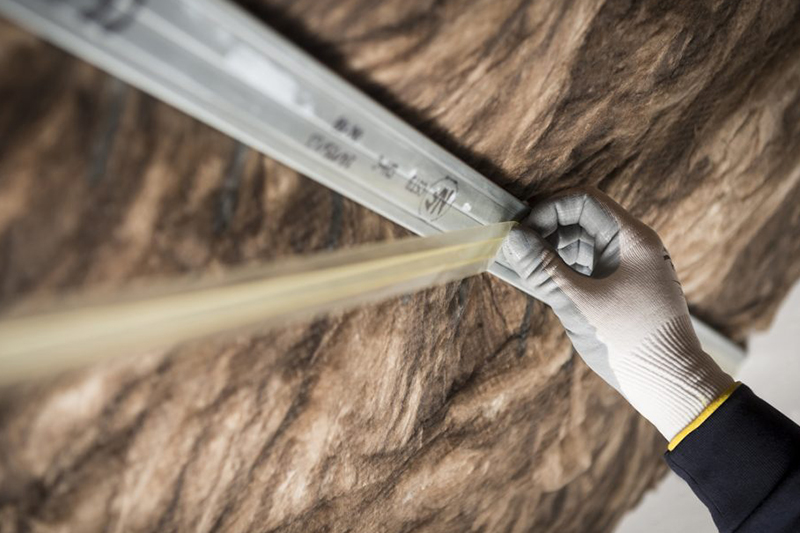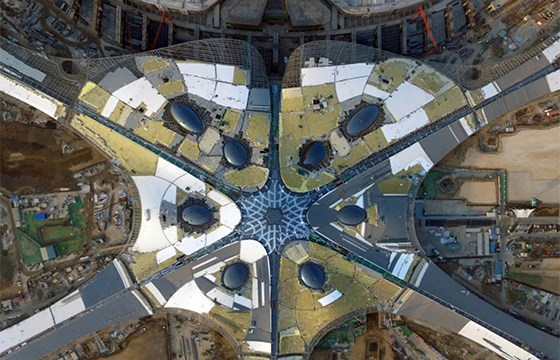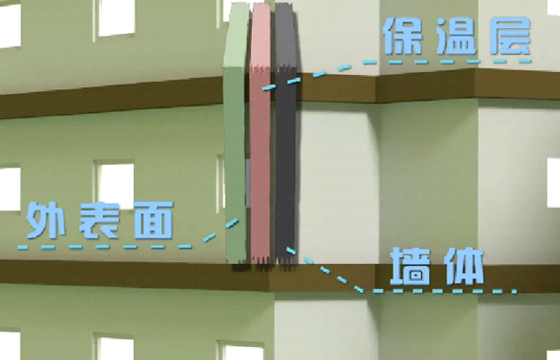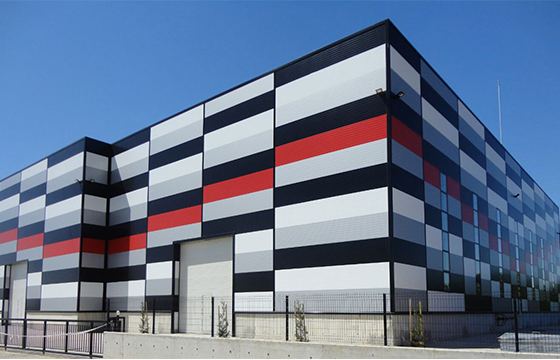Is fiberglass insulation environmentally friendly
2025-09-14
With the increasing attention of building sustainability, homeowners and builders are becoming more concerned about whether fiberglass insulation is environmentally friendly. Data show that, while far from perfect, fiberglass insulation has significant environmental benefits, which are being improved on a continuous basis.

Established Environmental Benefits
Fiberglass insulation typically contains a very high percentage of recycled material, between 30% and 60%, depending on the manufacturer and product line. Recycling glass can conserve landfills considerable space annually, giving new life to the useful landfill space.
Effective insulation can also save homeowners up to 15% on heating and cooling costs—occasionally more, based on local climate and the building's characteristics, reports the U.S. Department of Energy. These lower energy use directly translate into less carbon emissions from power plants.

Energy savings from proper insulation can easily repay the energy consumed in manufacture within a relatively short period. Moreover, the insulating property of fiberglass insulation can be sustained for decades with negligible loss of performance, leading to stable energy savings throughout the product life.
Continuous Environmental Improvement
Modern manufacturing has played a critical role in reducing the environmental footprint of fiberglass insulation. In the last few decades, factories have enormously reduced greenhouse gas emissions through more efficient processes and cleaner use of energy.
Some producers have switched to the use of bio-based alternatives or formaldehyde-free adhesives, dispelling past issues with indoor air quality. Furthermore, modern manufacturing employs closed-loop water systems, thus significantly reducing water usage per unit of product.

The majority of producers have implemented efficient recycling systems in their plants, recycling the majority of the production waste into production again. Such a recycling process eliminates wastage and conserves raw materials.
Standards and Certifications
Conclusion: A Balanced Perspective
From a life-cycle perspective, fiberglass insulation has superior environmental performance. Energy savings achieved during the use phase far surpass energy used for its production, with the overall environmental benefit across the life of the building.
While all industrial processes have environmental repercussions, fiberglass insulation is a rational and environmentally responsible selection that can significantly improve the efficiency of a building. Those who wish to provide maximum environmental benefit will discover products from companies such as UET, which are dedicated to environmentally friendly manufacturing processes and engage in transparency via Environmental Product Declarations (EPDs), to be the obvious choice.
As with any building material, installation is key to realizing the desired environmental impact. Well-installed fiberglass insulation successfully strikes the balance of performance, sustainability, and value, making it suitable for environmentally friendly building projects.
Related Blog

Is fiberglass wool dangerous?

Global thermal insulation building materials industry trends ——Analysis of glass wool, rock wool and rubber and plastic market trends

Dynamics of the thermal insulation building materials industry from a global perspective—— Focus on glass wool, rock wool and rubber and plastic materials

Don't let exterior wall insulation materials become accomplices in fire!

Chongqing materials industry carbon peak plan:—— involving rock wool, thermal insulation and decorative integrated panels and aerogel, etc.

Is fiberglass wool dangerous?

Global thermal insulation building materials industry trends ——Analysis of glass wool, rock wool and rubber and plastic market trends

Dynamics of the thermal insulation building materials industry from a global perspective—— Focus on glass wool, rock wool and rubber and plastic materials

Don't let exterior wall insulation materials become accomplices in fire!

Chongqing materials industry carbon peak plan:—— involving rock wool, thermal insulation and decorative integrated panels and aerogel, etc.
contact us







